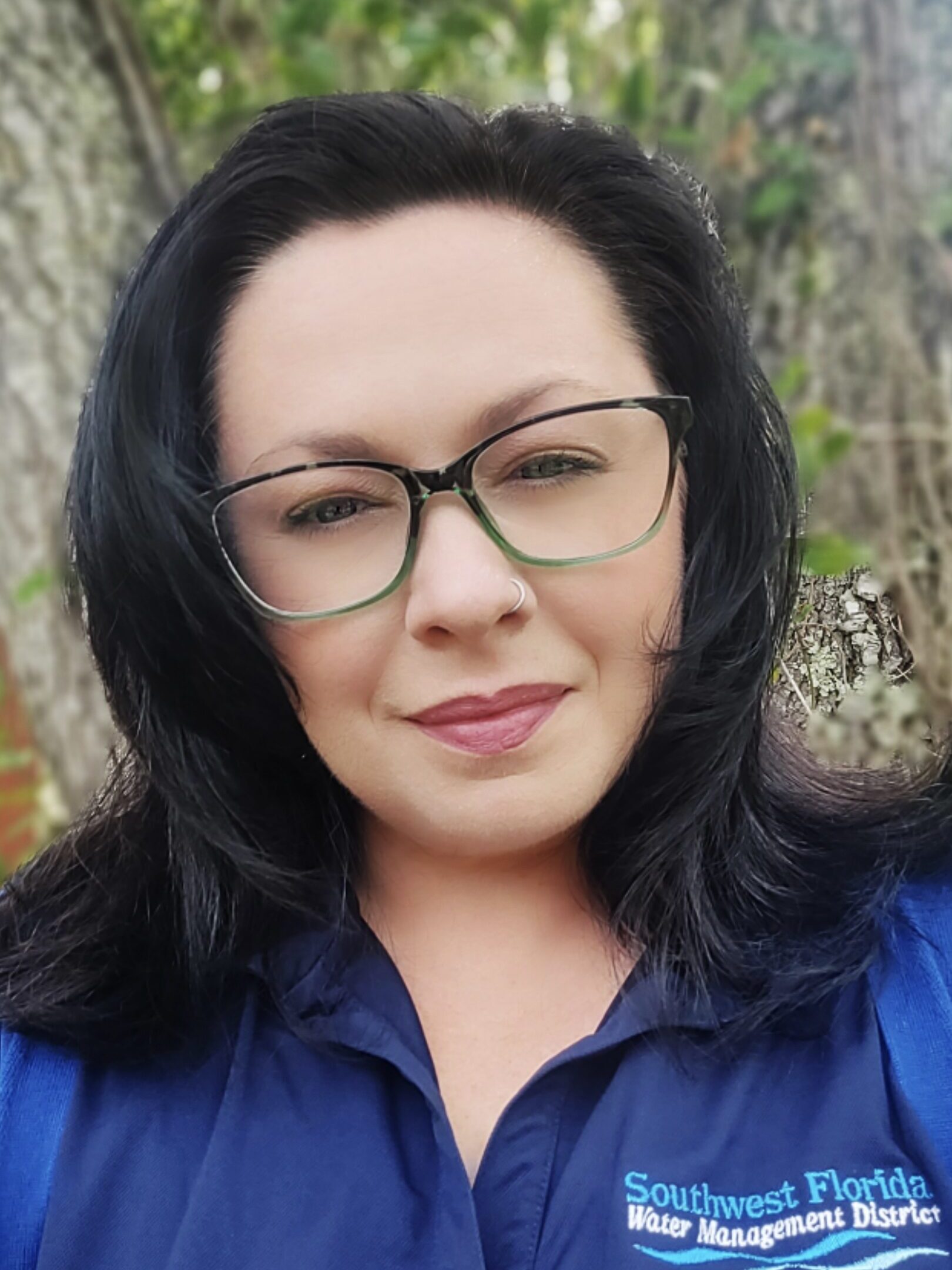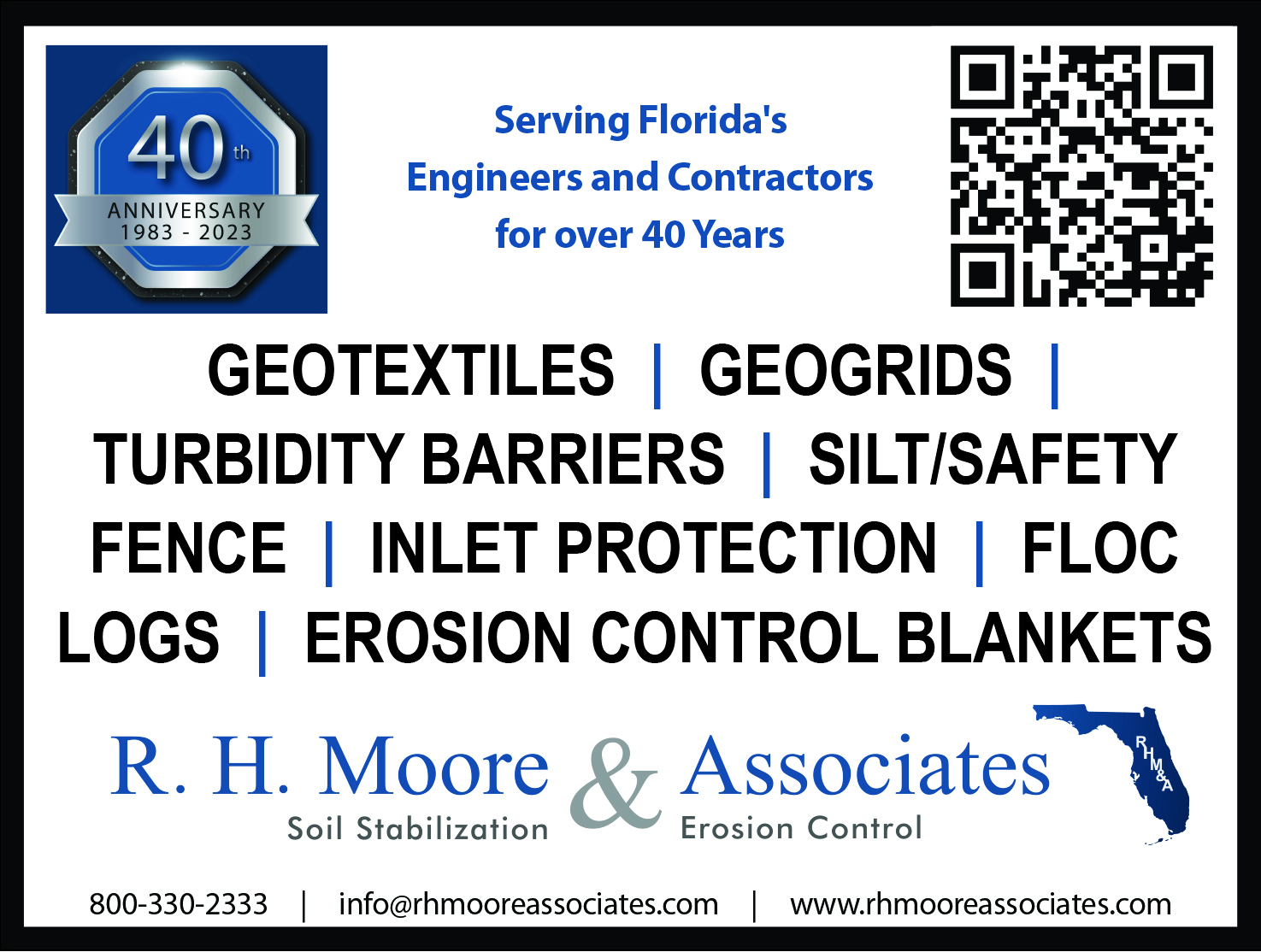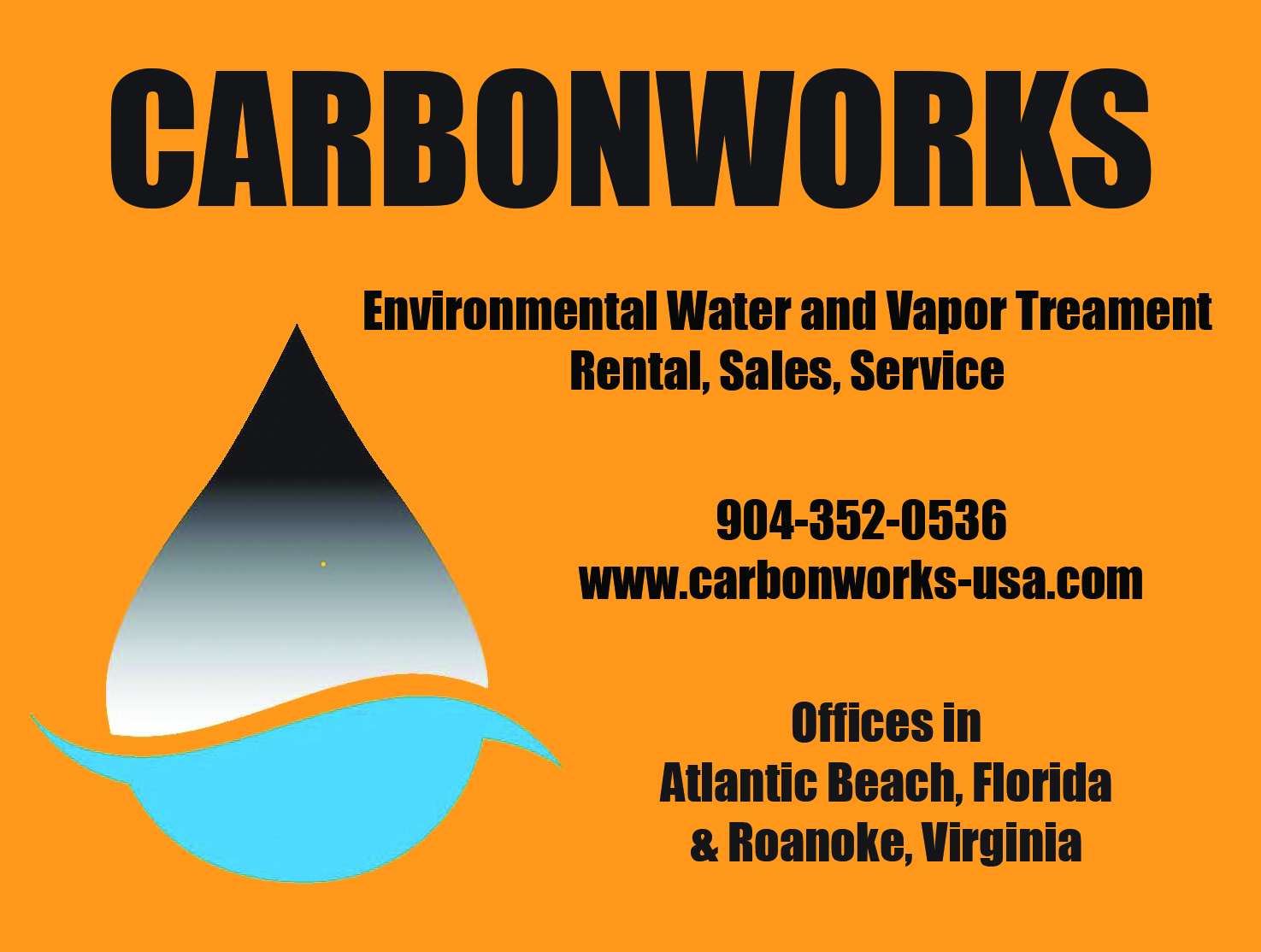
By SAMMY SMITH
Q: What is an aquifer?
A: An aquifer is a body of underground rock and/or sediment that stores water. The groundwater within an aquifer can fill the spaces between grains of sand and gravel, or it can fill the cracks and fissures in solid rock.
Q: Are there different types of aquifers?
A: In west-central Florida the groundwater system is comprised of three main aquifer units; the surficial aquifer, the intermediate aquifer system and the Floridan aquifer system. The surficial aquifer is the uppermost unconfined aquifer. It is composed primarily of unconsolidated sand but may also contain clay and/or shell deposits. The intermediate aquifer system is located beneath the surficial aquifer and is a confined system made up primarily of limestone, shell, sand and clay. Finally, the Floridan aquifer system underlies the intermediate aquifer system and is a highly productive, carbonate aquifer system that covers all of Florida and portions of Alabama, Georgia and South Carolina.
Q: Does our drinking water come from an aquifer?
A: Most of the freshwater supply in west-central Florida comes from groundwater in the Floridan aquifer system. The Floridan aquifer system is divided into the Upper Floridan aquifer and Lower Floridan aquifer. The Upper Floridan aquifer is the primary source of water supply in most of north and central Florida. In the southern portion of the state, the Lower Floridan aquifer is deeper and contains brackish, or slightly salty water that needs additional treatment to be used for drinking water.
Q: How is the aquifer replenished?
A: The aquifer is replenished through rainfall. Water percolates down through the soil and into the aquifer to replenish its water supply. Rainfall that soaks into the ground serves as the source of most of the groundwater within an aquifer. However, most of the rain that falls does not find its way into aquifers. Most rainfall returns to the atmosphere through evaporation and transpiration or runs off across the land into surface water bodies. A variety of factors, including the thickness of confining units, determines how much rainfall actually recharges aquifers. Generally, recharge is greatest in the northern areas of the District where the Upper Floridan aquifer is close to the land surface and the confining units are thin and discontinuous.
Q: How are springs related to the aquifer?
A: A spring is a natural opening in the ground where water flows directly from the aquifer to the earth’s surface. Springs form when groundwater is under pressure and flows up through an opening called a spring vent, supplying flow to a river or other water body.
Q: How can we protect the aquifer?
A: You can help protect the aquifer by conserving water, using fertilizer sparingly, having septic tanks inspected every two to three years, and always disposing of hazardous household chemicals like industrial cleaners, solvents, automotive fluids and paints at an approved landfill. The District encourages everyone to do their part in protecting and conserving our shared water resources. The District recently launched the Water 101 campaign to educate new and existing residents about how they can help protect local water resources and save water and money. To learn more, visit WaterMatters.org/Water101.
Sammy Smith is the Environmental Flows & Levels Supervisor for the Southwest Florida Water Management District. She holds a Bachelor of Science degree in geology and a Master of Science degree in geology from the University of South Florida. Sammy is nearing the completion of her Ph.D. in geology and is a licensed professional geologist.

















